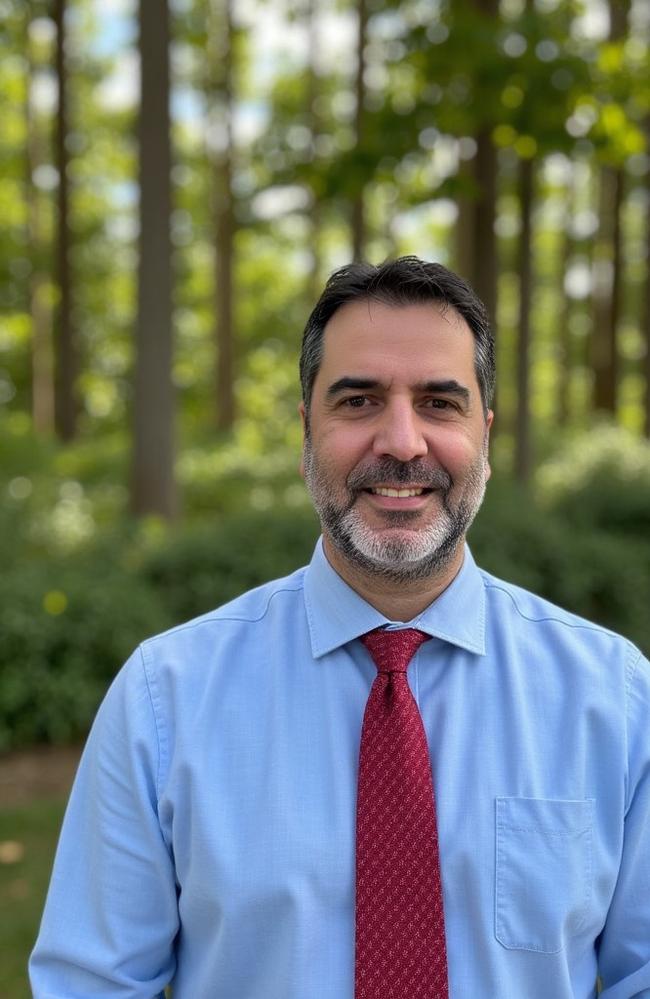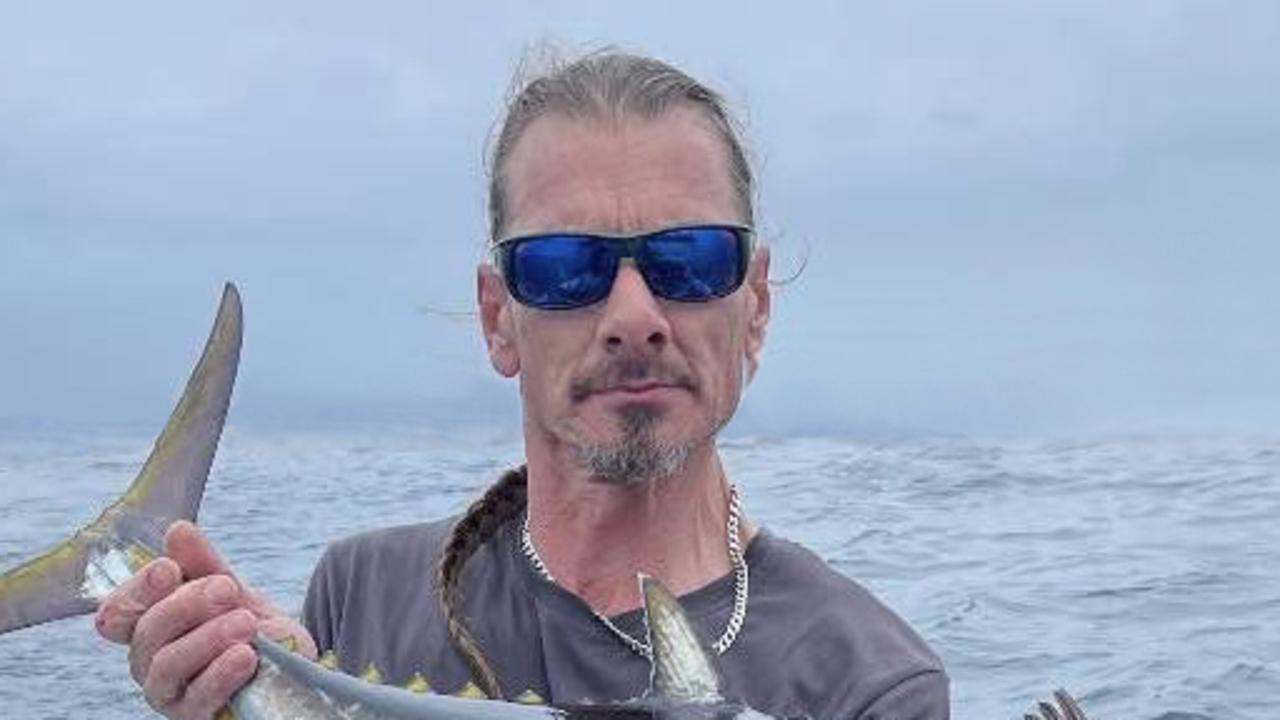Farmers feel brunt of Geelong’s low rain as second dry year leads to dry dams
Severe deficiencies of rain across the region throughout 2024 are seeing dams dry up and a strong push for future-proofing water access.

Geelong
Don't miss out on the headlines from Geelong. Followed categories will be added to My News.
Dams are empty and hay production is down across Geelong and Surf Coast region farms after two very dry years.
Bellbrae livestock farmer Murray Johns said it was one of the tougher seasons his property had experienced.
“We haven’t had any water into the dams for nearly two years,” he said.
“There’s no moisture in the soil at all. We’re getting growth but no where near an ordinary spring.
“A significantly below average year last year ran into exactly the same this year.”
While Geelong has experienced a “serious” rain deficiency since the beginning of the year, according to the Bureau of Meteorology, areas of the Surf Coast and Golden Plains have experienced a “severe” rain deficiency, with overall tallies “very much below” average.
Mr Johns said he was feeding animals more hay than usual due to poor conditions for pastures, and had cut less than average too, meaning he will have to start purchasing it from outside the region.
“I have basically used all our stockpile, some of which we build up for a number of years for emergencies and we will make a little bit of hay this year but I would say in our region, maybe 10 to 20 per cent of the usual amount of hay will be produced,” he said.
Mr Johns said his farm was entirely reliant on run off to dams.
“Some dams at our place are dry and others will be dry by Christmas but we will have one or two good dams out of about a dozen,” he said.
“It gets challenging because you have to spend a lot of time and resources pumping water but I am fairly confident we will get through 12 months without totally running out of water.
Mr Johns said while farms further west were doing it tougher, it would take up to two years to financially recover from this season, at best.
“Lots of people myself included have reduced stocking rate or are planning to very soon,” he said.
“So even if we have a good year next year we won’t have the livestock numbers to take advantage of it.
“It would be nearly an impossibility to continue to farm livestock if we’re in the same circumstances this time next year.”
Less rain has also reduced Barwon Water Geelong catchments by a collective 17.2 per cent — about 16,400ML — since this time last year.
Barwon Water general manager of planning, delivery and environment Seamus
Butcher said the organisation was investing in sustainable and affordable water solutions to reduce the region’s reliance on rainfall-dependent sources, like rivers and groundwater.
“This includes a significant extension of the reach of the Melbourne to Geelong pipeline and
investing in the use of recycled water for nondrinking water purposes,” he said.
Mr Butcher said there was no forecasted need for water restrictions, but encouraged people to recognise water was a precious resource and shouldn’t be wasted.
“While the last 12 months have been drier than average, our drinking water storages are sized to cater for annual variations in rainfall and are at sufficient levels across the wider Geelong region,” he said.
Barwon Water’s goals include for half of its supply no longer come from rivers or groundwater and to recycle 100 per cent of wastewater treated at its water reclamation plants.

G21 Geelong Region Alliance chief executive Giulia Baggio said growing pressure on the region’s water supply, and need for investment in water infrastructure, was one of the alliance’s top priorities.
“We know that our population is growing at an unprecedented rate, and our current water supply systems simply aren’t going to be enough within the next decade,” she said.
Ms Baggio said Barwon Water’s proposed initiatives are vital to free up valuable drinking water and provide sustainable water supplies for agriculture and industry.
Ms Baggio said G21’s Priority Projects document, shared with state and federal government, identified $31m of investment was needed to begin building the grid.
The document stated Barwon Water modelling showed demand in the region could exceed supply by 2027.
By 2065, it is expected the region’s demand for water will increase from 35bn litres a year to 66bn litres.

Associate Professor Robert Faggian, from Deakin University’s Centre for Regional and Rural Futures, said climate change could be amplifying the current El Nino’s effects, leading to more intense and prolonged dry periods.
He said forecasts suggested wetter and warmer weather ahead, although timing and intensity of that remained uncertain.
“Farmers are more directly impacted, as spatial variability in rainfall can affect crop yields and water availability,” he said.
“Some areas might benefit from higher rainfall, while others struggle with lower soil moisture.”
Dr Faggian said to future-proof water access farmland for food production needed to be preserved and better water storage systems to capture and manage excess water during extreme weather events created.
“We’re facing less rainfall, higher temperatures, and more extreme weather, all while needing to support a growing population,” he said.
Agriculture Minister Ros Spence opened On-Farm Drought Infrastructure Grants to provide financial assistance to farmers managing current drought conditions and build farm business preparedness and resilience for the future.
Eligible farmers can apply for co-contribution grants of up to $5000 for improvements including water infrastructure upgrades, stock containment areas, grain and fodder storage and drought management tools.
“Many farmers in Victoria’s south west are facing drought conditions and I strongly encourage farmers to apply for an infrastructure grant and take advantage of the additional supports that are available,” Ms Spence said.
“We’re investing $12.1 million into on-farm infrastructure to ensure south west farmers are better prepared to withstand the effects of current and future drought conditions.”
The content summaries were created with the assistance of AI technology, then edited and approved for publication by an editor.
More Coverage
Originally published as Farmers feel brunt of Geelong’s low rain as second dry year leads to dry dams




